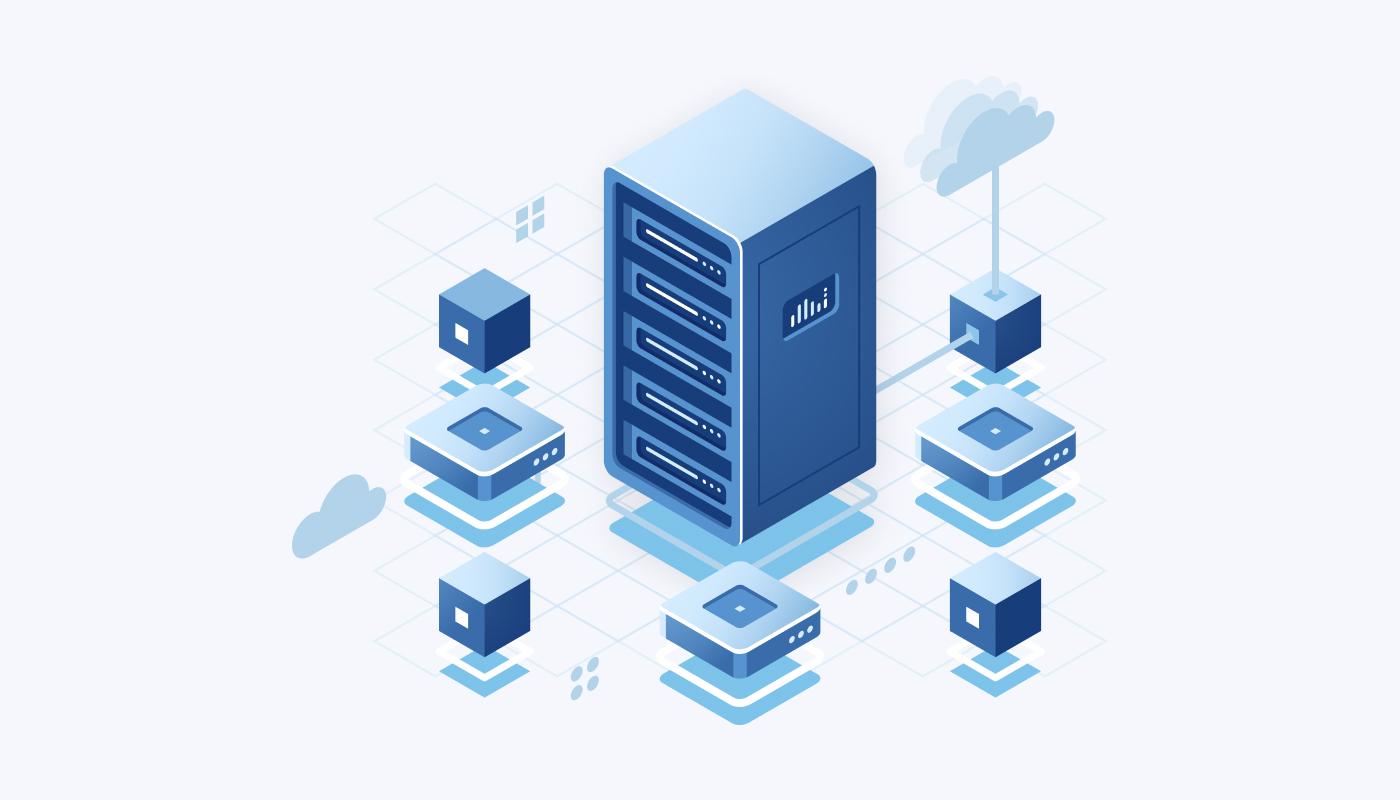
The Emergence of Multi-Cloud Computing: A New Trend in Cloud Computing
Multi-cloud computing is a new trend in cloud computing that is gaining traction among businesses of all sizes. In this model, businesses use multiple cloud providers to manage their workloads, rather than relying on a single provider. In this article, we’ll explore the emergence of multi-cloud computing and its benefits for businesses.
1. Increased Flexibility and Agility
One of the biggest benefits of multi-cloud computing is its flexibility and agility. Since businesses can use multiple cloud providers, they can choose the provider that best suits their needs for each workload. For example, they can use one provider for data analytics, another for storage, and yet another for application hosting. This can help businesses optimize their IT infrastructure for their specific needs and improve overall performance.
Additionally, since businesses can easily move workloads between cloud providers, they can quickly respond to changing business needs and market conditions. For example, they can quickly move a workload to a different provider to take advantage of new features or pricing options.
2. Improved Security and Resilience
Multi-cloud computing can also improve the security and resilience of business systems. By using multiple cloud providers, businesses can minimize the risk of a single point of failure. Additionally, they can use different providers with different security protocols to improve overall security.
Furthermore, by distributing workloads across multiple cloud providers, businesses can improve the resilience of their systems. For example, if one provider experiences an outage or performance issue, the workload can automatically failover to another provider to minimize disruption.
3. Cost Optimization
Multi-cloud computing can also help businesses optimize their costs. By using multiple cloud providers, they can take advantage of different pricing models and features to optimize their spending. For example, they can use one provider for low-cost storage, another for high-performance computing, and yet another for data analytics.
Furthermore, by using multiple providers, businesses can avoid vendor lock-in and negotiate better pricing with each provider based on their specific needs.
4. Enhanced Innovation
Multi-cloud computing can also enhance innovation by providing businesses with access to a broader range of cloud services and features. By using multiple cloud providers, businesses can take advantage of the latest innovations and emerging technologies from each provider. This can help businesses stay ahead of the competition and improve their overall competitiveness.
5. Improved Compliance and Regulatory Requirements
Finally, multi-cloud computing can also help businesses meet compliance and regulatory requirements. By using multiple cloud providers, businesses can ensure that their workloads are stored in compliance with local regulations and data sovereignty requirements. This can help businesses avoid costly penalties and reputational damage.
Conclusion
Multi-cloud computing is a new trend in cloud computing that offers significant benefits for businesses. It can increase flexibility and agility, improve security and resilience, optimize costs, enhance innovation, and improve compliance and regulatory requirements. As more businesses adopt multi-cloud computing, we can expect to see increased innovation, competitiveness, and business value.
- Tags:
- Cloud
- Multi-cloud
